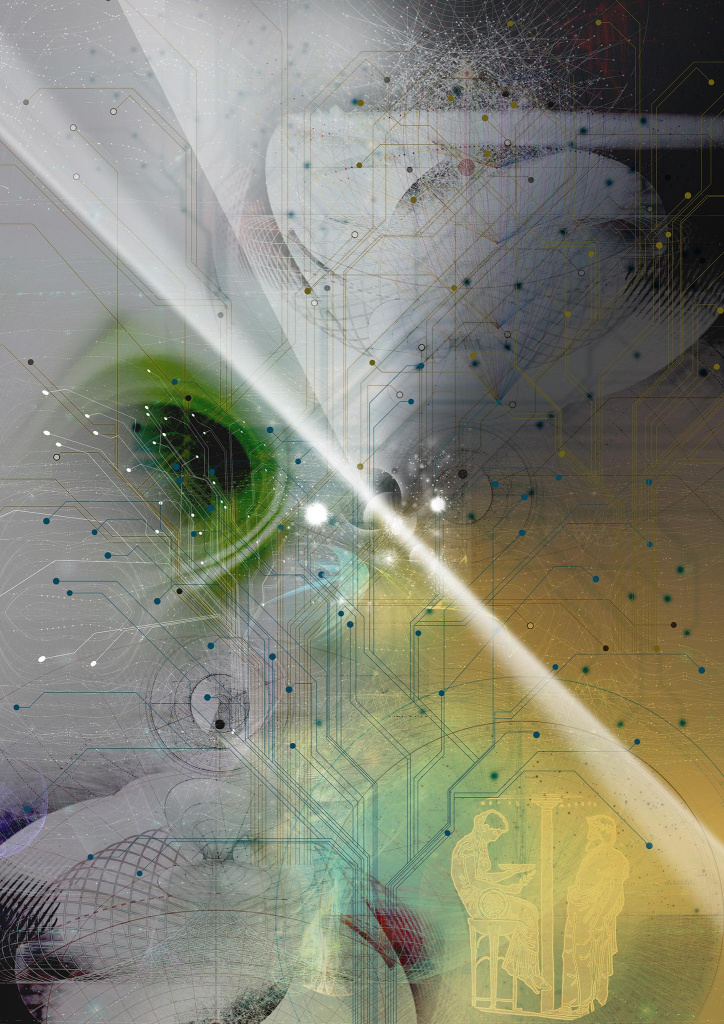Алексей Сидоренко
Географ, культуролог, к.г.н. Руководитель Теплицы социальных технологий.
На первый взгляд, работа с будущим – дело неблагодарное. В 1933 году британский физик Эрнест Резерфорд признал невозможным использование ядерной энергетики: «Любой, кто искал бы в изменении атомов источник энергии, говорил бы полный вздор». Его венгерский коллега, бывший студент Эйнштейна Лео Силард, прочитавший об этом в газете, пришел в ярость и в этот же день впервые предложил принцип цепной ядерной реакции, инициируемой нейтронами.
То, что произошло дальше, мы все знаем – создание атомной бомбы, сотни тысяч погибших в Хиросиме и Нагасаки, строительство атомных станций по всему миру (и их периодические аварии), холодная война, не ставшая «горячей» именно из-за резко возросшей разрушительной мощности новых атомных вооружений, глобальный режим ядерного нераспространения, легший в основу современного геополитического порядка, и т.д. Будущее, которое представлял себе Резерфорд, закончилось на следующий день после его предсказания.
(Скачать статью в формате .pdf)
Civil Society Looks into the Future of Technology: A Survey of Civil Society Experts’ and Activists’ Opinions on Technological Opportunities and Risks
Alexey Sidorenko
Geographer, Culture Researcher, PhD, Head of the Teplitsa (Greenhouse) of Social Technologies
At first glance, working with the future is a thankless task. In 1933, the British physicist Ernest Rutherford declared the impossibility of harnessing nuclear power: «Anyone who expects a source of power from the transformation of these atoms is talking moonshine.» A Hungarian counterpart of Rutherford’s, the physicist Leo Szilard, a former student of Einstein’s, within days after having read about this in the newspaper, came up with the principle of a nuclear chain reaction initiated by neutrons. One might say that it was Rutherford’s shortsighted statement that created the known reality.
We all know what happened next — the invention of the atomic bomb, the hundreds of thousands of dead in Hiroshima and Nagasaki, the construction of nuclear power plants around the world (and periodic accidents at them). The Cold War never become «Hot» because of the dramatically increased destructive power of new nuclear weapons. The resulting principle of Mutually Assured Destruction in global politics led to the global regime of nuclear non-proliferation that formed the basis of the modern geopolitical order, etc. In sum, the future that Rutherford had envisioned in 1933 came to an end just days after he posited it.
Read full article (PDF, 646 KB)

